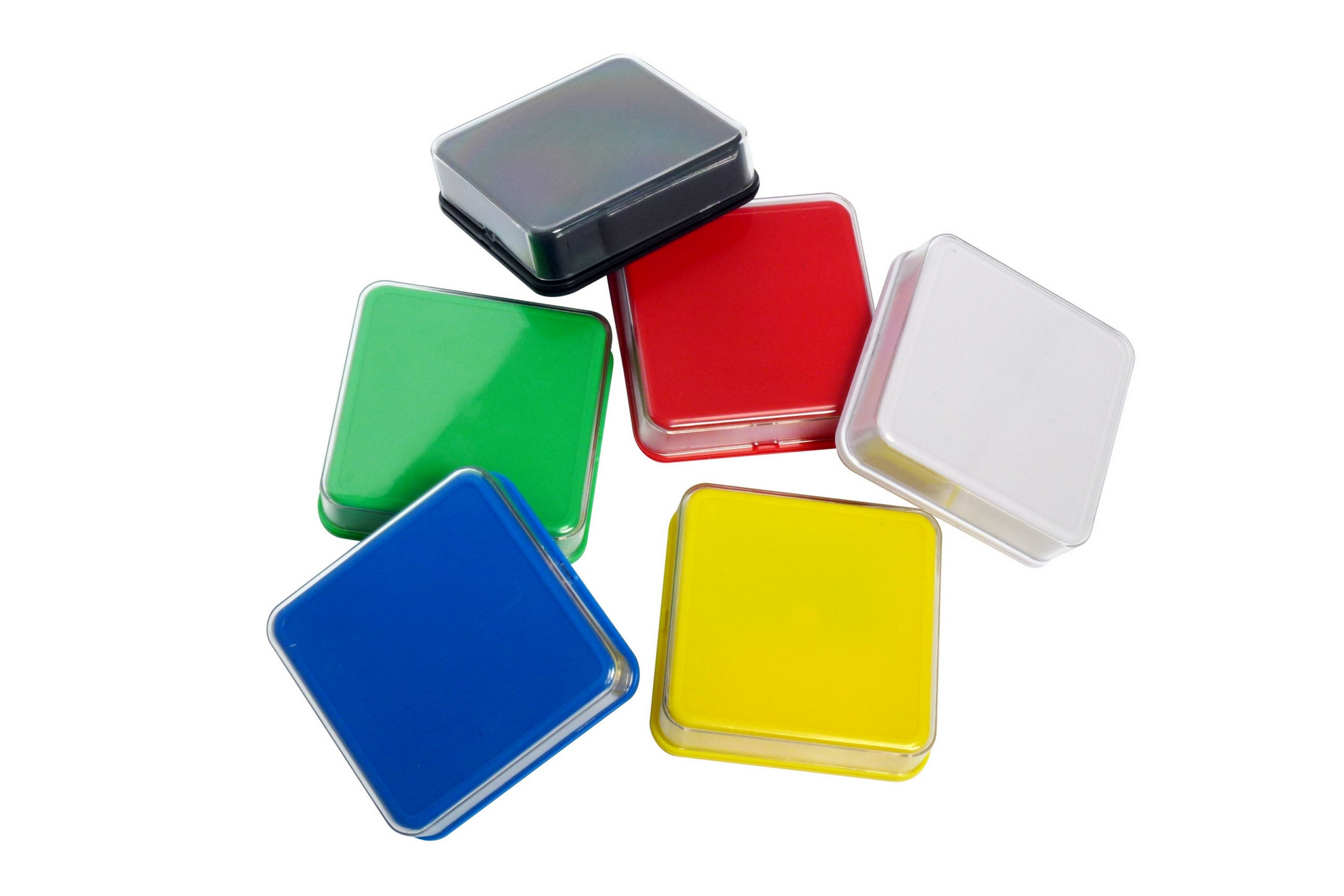BLOG


Tactile Learning: How it can Do Good to the Special Needs Children
There is a reason why they say that experience is the best teacher one can have. There is a reason why people say that the only way one can learn is that one should get their hands messy. And yes, pun intended. Figuring out what kind of a learner you are is very important, whether its audio, visual, kinesthetic, or tactile learning. Discovering our learning style helps us realize that not all traditional methods are right for everyone.
Getting down and dirty is actually pretty good
Tactile learners learn well through doing things or acting out events. Activities like doodling, drawing, or even the idea of memorizing finger patterns when pressing the numbers on your phone to call someone work well. There are small noticeable signs of whether you child is a tactile learner or not. Fiddling may not always be a sign of a hyperactive child, because tactile learners prefer keeping their hands busy. Children with special needs are often the subject of misunderstanding when it comes to this, especially when parents have trouble coming in terms with such situations.
All of us start our journey in life using tactile senses, whether a baby is suckling the mother or the need to be calmed down with a pacifier. When we learn to crawl, our tactile senses become more definitive.
Being messy helps one learn important concepts like smoothness, soft and hard, roughness, etc. These help a child in building his or her’s own personal space, promotes communication.
- Retention powers - Tactile learning have proven to be an effective way of increasing memory powers.A bumpy grip is very useful when you encourage your child to write and learn, and can be used for pen and pencils. They help in providing a firm grip because they are slim in structure, thereby improving your child’s handwriting.
- Motor skills - A sensory stixx hand fidget is very popular even when it comes to adults. They are non toxic and are quiet malleable. Stixx are used to develop your fine motor skill and strengthen your gripping skills and is very popular while in therapy for ADHD children.
- A boost in creativity - the real pun intended comes here when it comes to getting your hands messy. Play dough for making small objects or a Fidget Kit are popular choices to bring out the creative side of your child.A fidget kit contains item like a fidget pencil, kooshie ball, squeeze ball and many more. Kooshie balls for example are great for a hand fidget for their softness and great tactile simulation which makes it hard to put down.
- Physical activity - Hyperactivity is an easy diagnosis for special needs children but that is not the case. Physical activity like sports or dancing is very important for them to improve their motor functions.Cando Inflatable Exercise Sensi-Saddle Rolls are used for exercise and they are easy to deal with because of their backward and forward motion. They help in developing muscle and balance coordination.
To them, exploration is touch
Though the terms kinesthetic and tactile are used interchangeably, tactile learning deals with small or fine motor skills unlike kinesthetic which deals with “gross”or large motor functions. And what’s more your can have fun with your child while they learn and understand their environment with the help of tactile learning. Age appropriate small chores are also a fun way to improve a child’s development, like picking up toys and putting them back in their place or unloading the groceries.

